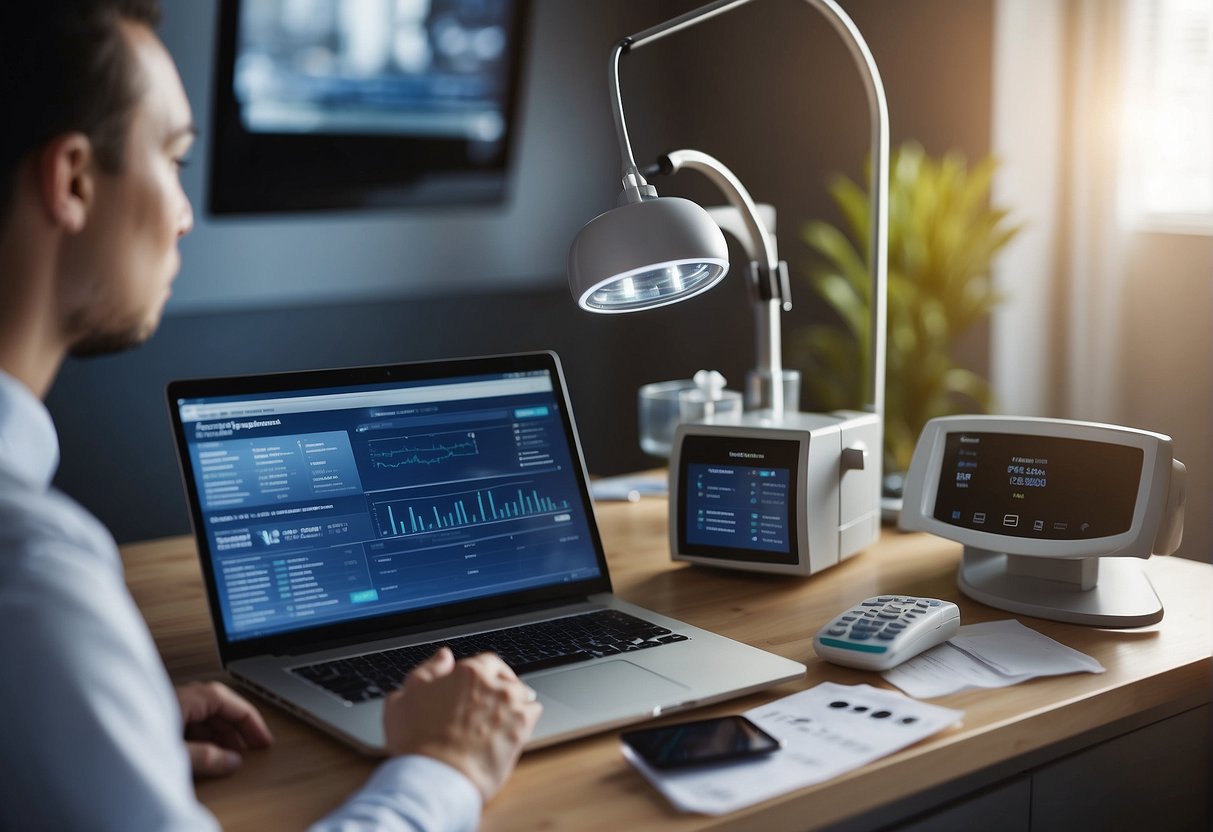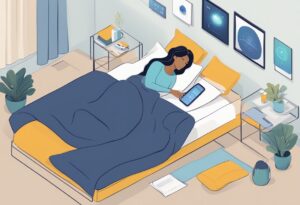Remote patient monitoring (RPM) is a healthcare delivery method that allows healthcare providers to monitor patients’ health outside of the traditional healthcare setting.
RPM is particularly useful for patients who have chronic conditions and require regular monitoring.
With RPM, patients can monitor their health from the comfort of their homes, and healthcare providers can receive real-time data to track their progress and intervene if necessary.
Medicare has recognized the value of RPM and has started reimbursing home health agencies that use RPM as part of their care management process.
This reimbursement has made it easier for home health agencies to integrate RPM into their care management process and provide better care to their patients.
The Centers for Medicare and Medicaid Services (CMS) amended their regulations in 2018 to make remote health monitoring an allowable administrative cost if it was used by a home health agency in the care planning process.
Key Takeaways
- Remote patient monitoring (RPM) is a healthcare delivery method that allows healthcare providers to monitor patients’ health outside of the traditional healthcare setting.
- Medicare has recognized the value of RPM and has started reimbursing home health agencies that use RPM as part of their care management process.
- As RPM becomes more prevalent in the healthcare industry, it is important to understand the technological and operational aspects of RPM, as well as the legal and regulatory considerations.
Overview of Remote Patient Monitoring
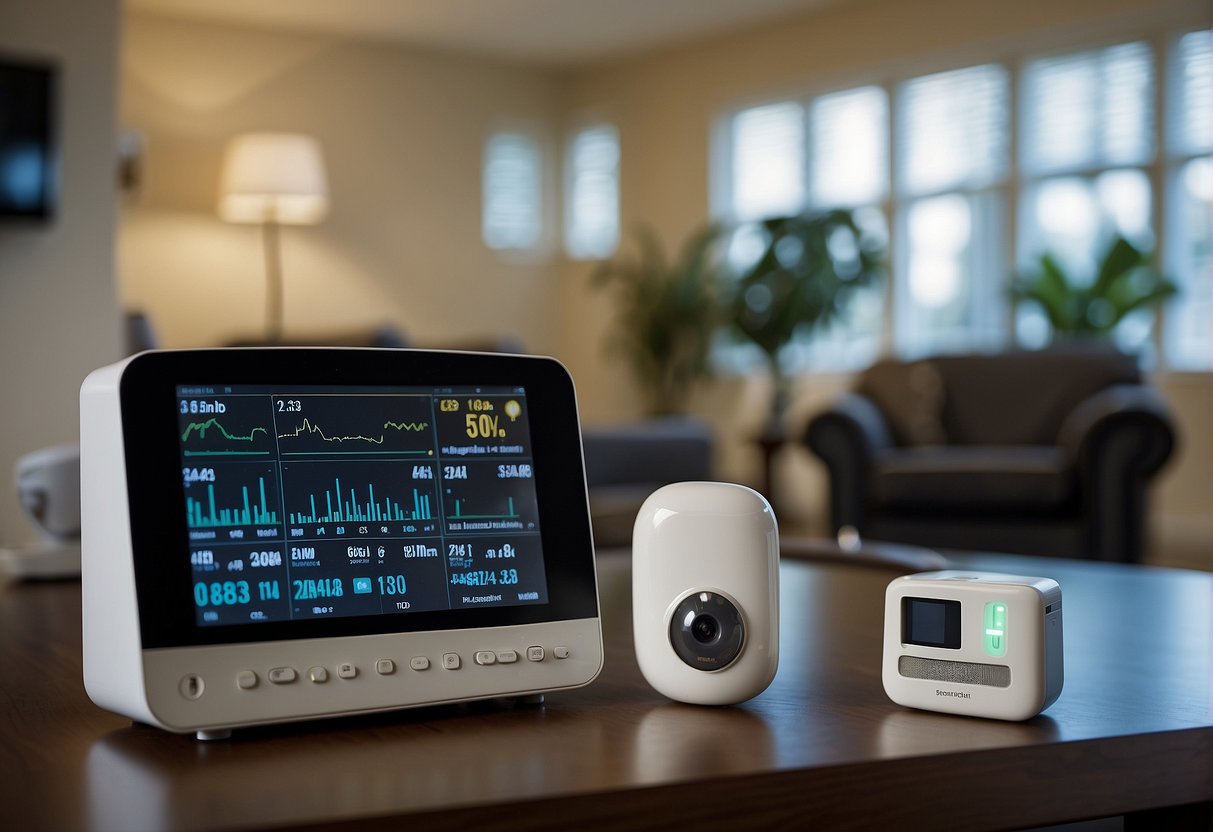
Definition and Importance of RPM
Remote Patient Monitoring (RPM) is a healthcare delivery method that uses technology to monitor patients’ health status outside of traditional healthcare settings.
RPM services are designed to collect and transmit physiologic data from medical devices to healthcare providers in real-time. This helps providers monitor patients’ health remotely and make timely interventions when necessary.
RPM is an important healthcare delivery method that provides several benefits to patients and healthcare providers.
It allows patients to receive care from the comfort of their own homes, which reduces the need for travel and minimizes the risk of infection.
For healthcare providers, RPM services help them manage acute and chronic conditions more effectively, improve patient outcomes, and reduce healthcare costs.
Key Components of RPM Services
The key components of RPM services include medical devices, communication, and education.
Medical devices are used to collect and transmit physiologic data from patients to healthcare providers. These devices can include blood pressure monitors, glucose meters, and pulse oximeters, among others.
Communication is another important component of RPM services.
Providers use communication technologies such as video conferencing and messaging apps to communicate with patients and provide care remotely.
This helps providers monitor patients’ health status, answer questions, and provide timely interventions when necessary.
Education is also an important component of RPM services.
Providers use education to help patients understand their health conditions and how to manage them effectively.
This can include information on diet, exercise, medication management, and other self-care strategies.
Medicare Reimbursement for RPM
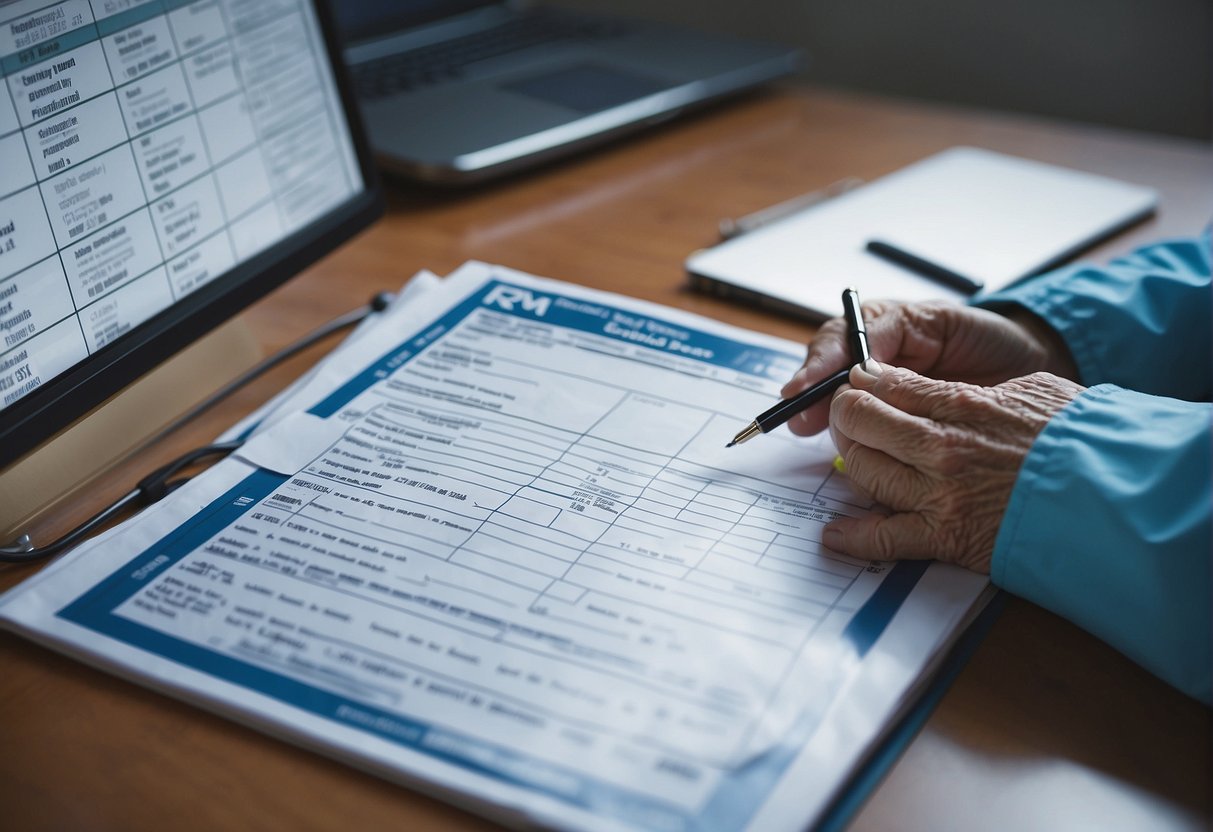
Remote Patient Monitoring (RPM) has become an important tool for home health care providers to monitor their patients’ health continuously.
Medicare has recognized the value of RPM and has created reimbursement policies for RPM services. This section will explain the eligibility criteria, billing codes, and documentation requirements for RPM reimbursement under Medicare.
Eligibility and Coverage Criteria
To be eligible for RPM reimbursement, the patient must be enrolled in Medicare Part B and have at least one chronic condition.
The Centers for Medicare and Medicaid Services (CMS) has defined chronic conditions as “an illness or injury that has one or more of the following characteristics: (1) is expected to last at least 12 months, (2) has resulted in a need for ongoing medical treatment, (3) limits the patient’s ability to perform activities of daily living, or (4) may result in death.”
The RPM services must be ordered by the patient’s physician or other qualified healthcare provider and must be provided by a Medicare-approved home health agency.
The RPM services must also be medically necessary and reasonable for the patient’s condition.
RPM Billing Codes and Physician Fee Schedule
The RPM services are billed using Current Procedural Terminology (CPT) codes. The CPT codes for RPM services are 99457 and 99458.
The physician fee schedule for RPM services is updated annually by CMS.
In 2024, the physician fee schedule for RPM services is $64.51 for the first 20 minutes of clinical staff time spent on RPM services and $54.86 for each additional 20 minutes of clinical staff time.
Documentation and Compliance
To receive RPM reimbursement, the home health agency must document the RPM services provided to the patient.
The documentation must include the start and end dates of the RPM services, the patient’s diagnosis, the type of monitoring equipment used, and the results of the monitoring.
The documentation must also include the patient’s consent to receive RPM services.
The home health agency must comply with all Medicare regulations related to RPM services.
The agency must ensure that the RPM services are medically necessary and reasonable for the patient’s condition.
The agency must also ensure that the RPM services are provided by qualified healthcare professionals and that the monitoring equipment is accurate and reliable.
Integration of RPM in Care Management
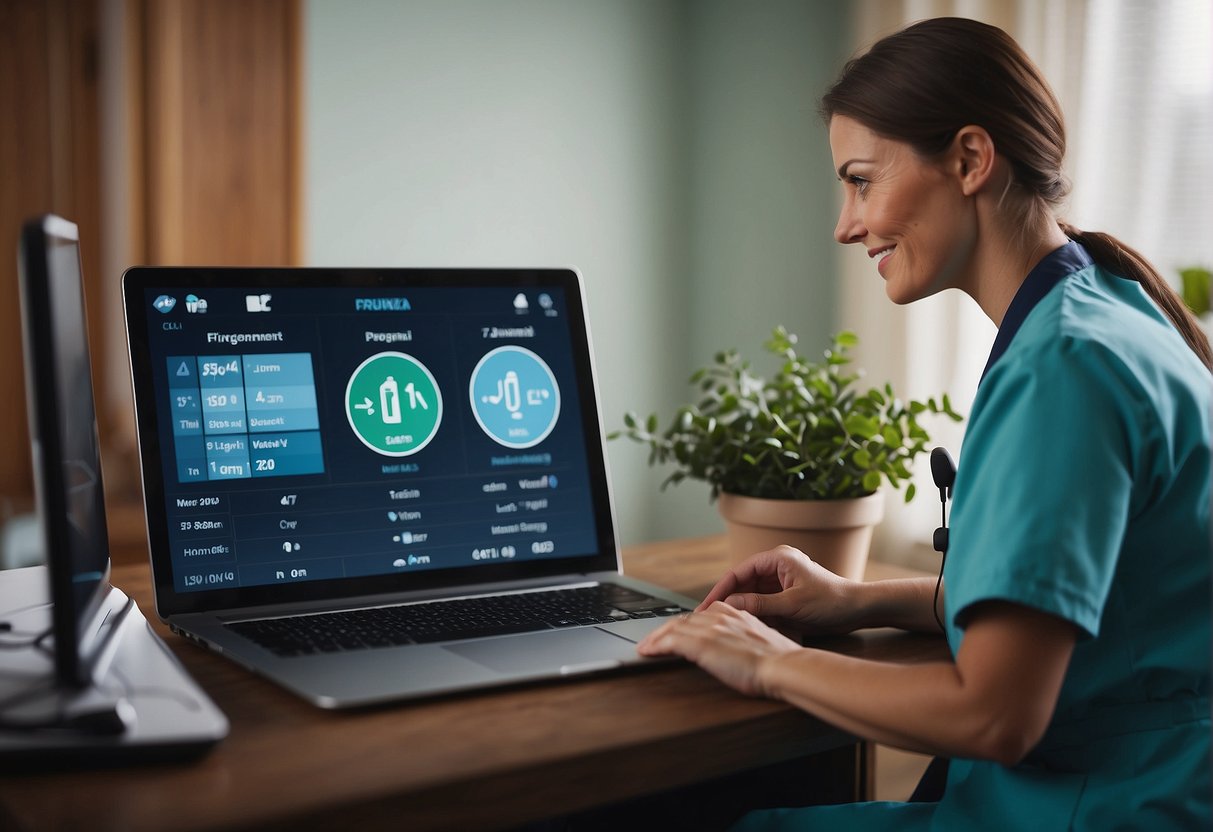
Remote Patient Monitoring (RPM) has been a significant development in the healthcare industry, allowing patients to receive medical care from the comfort of their homes.
RPM has been integrated into care management services, providing healthcare providers with the ability to monitor their patients’ health conditions remotely. This section will discuss the integration of RPM in care management, focusing on care coordination, chronic care management, and remote therapeutic monitoring.
Care Coordination with RPM
Care coordination is an essential aspect of providing quality healthcare. RPM has made it easier for healthcare providers to coordinate care for their patients.
With RPM, healthcare providers can monitor their patients’ health conditions remotely, allowing them to identify potential health issues before they become serious.
Additionally, RPM allows healthcare providers to communicate with their patients in real-time, providing them with the support they need to manage their health conditions effectively.
Chronic Care Management and RPM
Chronic care management is a critical component of care management services.
RPM has been integrated into chronic care management, allowing healthcare providers to monitor their patients’ health conditions remotely.
With RPM, healthcare providers can monitor their patients’ vital signs and other health metrics, allowing them to identify potential health issues before they become serious.
Additionally, RPM allows healthcare providers to communicate with their patients in real-time, providing them with the support they need to manage their chronic conditions effectively.
Remote Therapeutic Monitoring (RTM)
Remote Therapeutic Monitoring (RTM) is another aspect of care management that has been integrated with RPM.
RTM involves the use of medical devices to monitor a patient’s health condition remotely.
Technological and Operational Aspects
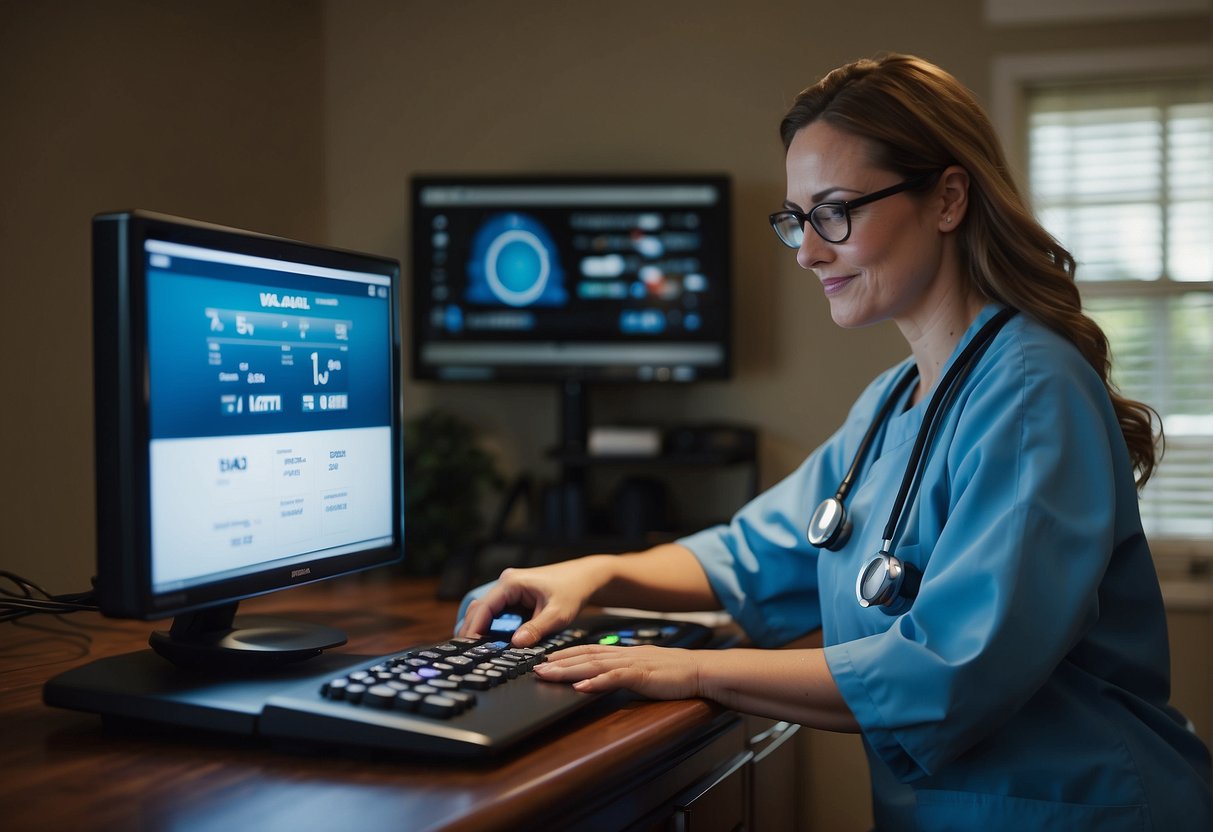
Selection and Use of RPM Devices
The selection and use of remote patient monitoring (RPM) devices are crucial for home health agencies (HHAs) to ensure the accuracy and reliability of the collected data.
It is important for HHAs to select RPM devices that are approved by the Food and Drug Administration (FDA) and have been tested for accuracy and precision.
HHAs should also consider the patient’s condition and the type of data that needs to be collected when selecting RPM devices.
For example, if a patient has a heart condition, an electrocardiogram (ECG) device may be required to monitor the patient’s heart rate and rhythm.
HHAs should also ensure that the selected RPM devices are compatible with their electronic health record (EHR) system to ensure seamless data collection and analysis.
Data Collection and Analysis
Data collection and analysis are critical aspects of remote patient monitoring.
HHAs must ensure that the collected data is accurate, reliable, and secure. The collected data should be stored in a secure electronic system and should be accessible only to authorized personnel.
HHAs should also establish protocols for data analysis and interpretation.
They should have a system in place to identify and address any anomalies in the collected data.
The collected data should be analyzed regularly to identify any trends or patterns that may require intervention.
Patient and Provider Education
Patient and provider education is crucial for the success of remote patient monitoring.
HHAs should educate patients and their caregivers on the proper use of RPM devices and the importance of data collection.
Patients should be trained on how to use the devices, how to recognize any issues, and when to contact their healthcare provider.
HHAs should also provide education to their healthcare providers on the use of RPM devices and the interpretation of collected data.
Providers should be trained on how to identify any issues and when to intervene.
Legal and Regulatory Considerations
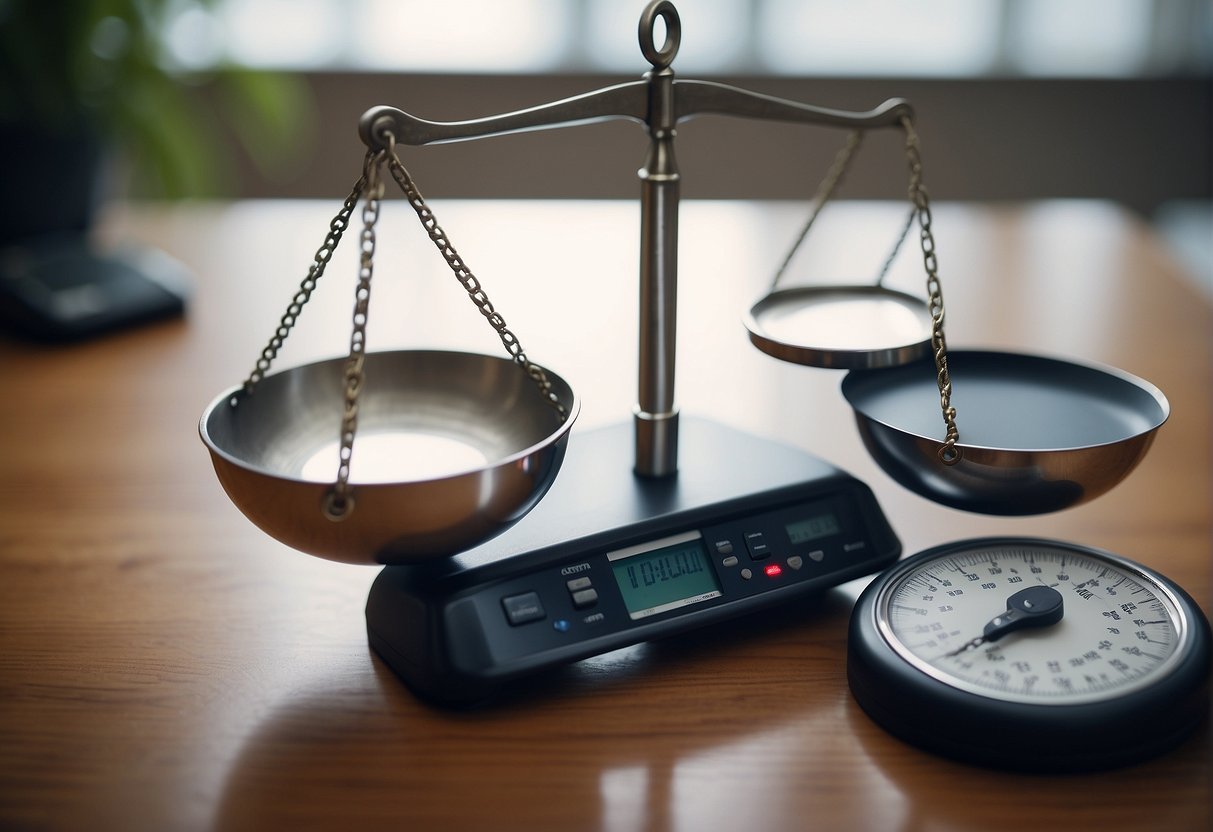
Privacy and Security in RPM
Remote Patient Monitoring (RPM) is a valuable tool in the healthcare industry, allowing for the monitoring of patients’ health from the comfort of their own homes.
However, with the use of technology comes the need for privacy and security considerations. Patients’ personal health information must be kept confidential and secure during transmission and storage.
Privacy policies and terms and conditions of RPM providers must be reviewed carefully to ensure that they comply with the Health Insurance Portability and Accountability Act (HIPAA) and other relevant regulations.
RPM providers should also implement appropriate security measures, such as encryption and access controls, to protect patients’ health information.
Reimbursement Policy Updates
Reimbursement for RPM services has been a topic of concern for healthcare providers. In 2018, the Centers for Medicare and Medicaid Services (CMS) amended their regulations to allow remote health monitoring as an allowable administrative cost if it was used by a home health agency in the care planning process.
By 2019, CMS started reimbursing RPM.
Telehealth billing guidelines should be reviewed carefully to ensure that RPM services are billed correctly.
RPM providers should also be aware of the reimbursement policies of different insurance providers and government programs.
Telehealth.org provides valuable resources for RPM providers, including information on reimbursement policies and telehealth billing guidelines.
RPM providers should stay up-to-date on the latest regulatory and legal updates to ensure compliance and provide the best possible care for their patients.
Conclusion
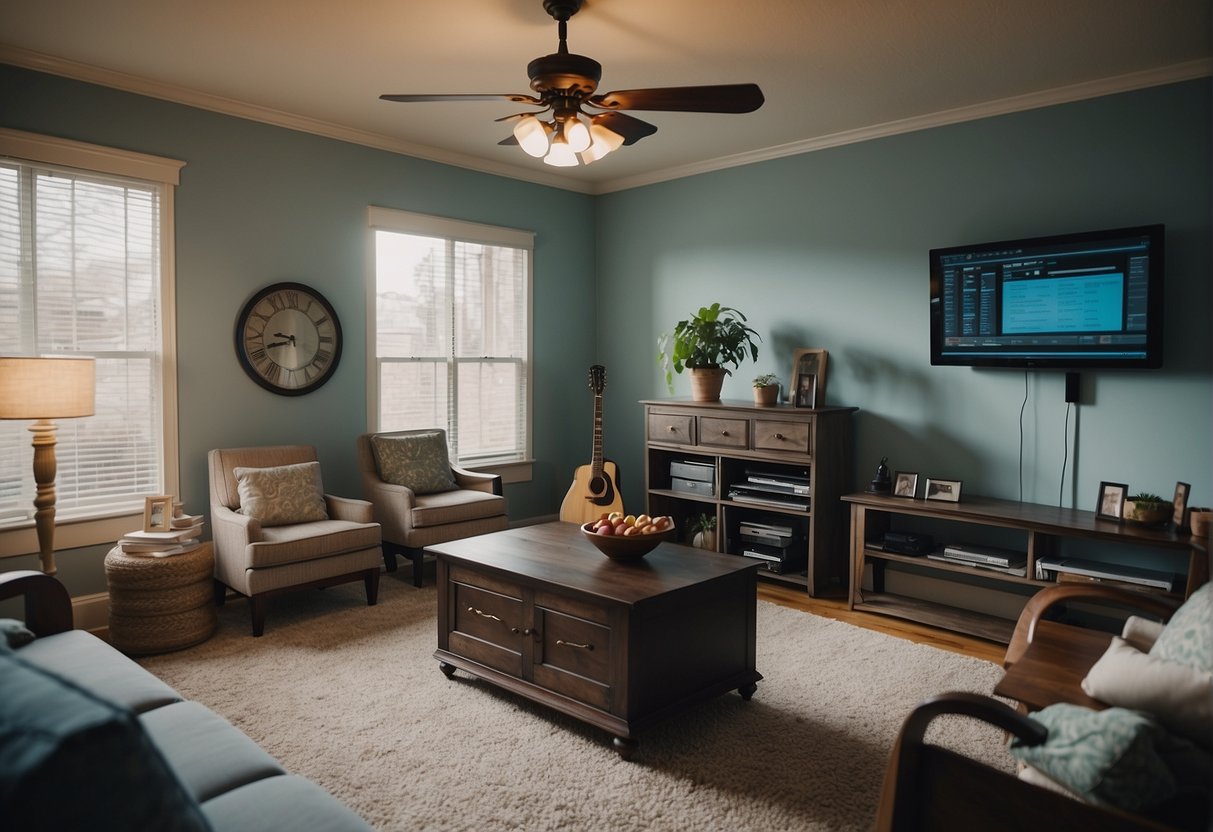
Remote patient monitoring (RPM) has emerged as a vital tool for home health care providers. It provides an effective solution for healthcare providers, patients, and their families.
By monitoring patients’ vital signs remotely, healthcare providers can detect early signs of deterioration. This can prevent hospitalizations and other complications.
RPM technology has been proven to improve patient outcomes and reduce healthcare costs. It enables healthcare providers to monitor patients’ health status and intervene early.
This helps in preventing complications and reducing the need for hospitalizations.
With the increasing demand for home health care services and the growing emphasis on value-based care, RPM is expected to become an integral part of the healthcare system.
It can help providers deliver high-quality care, improve patient outcomes, and reduce healthcare costs.

